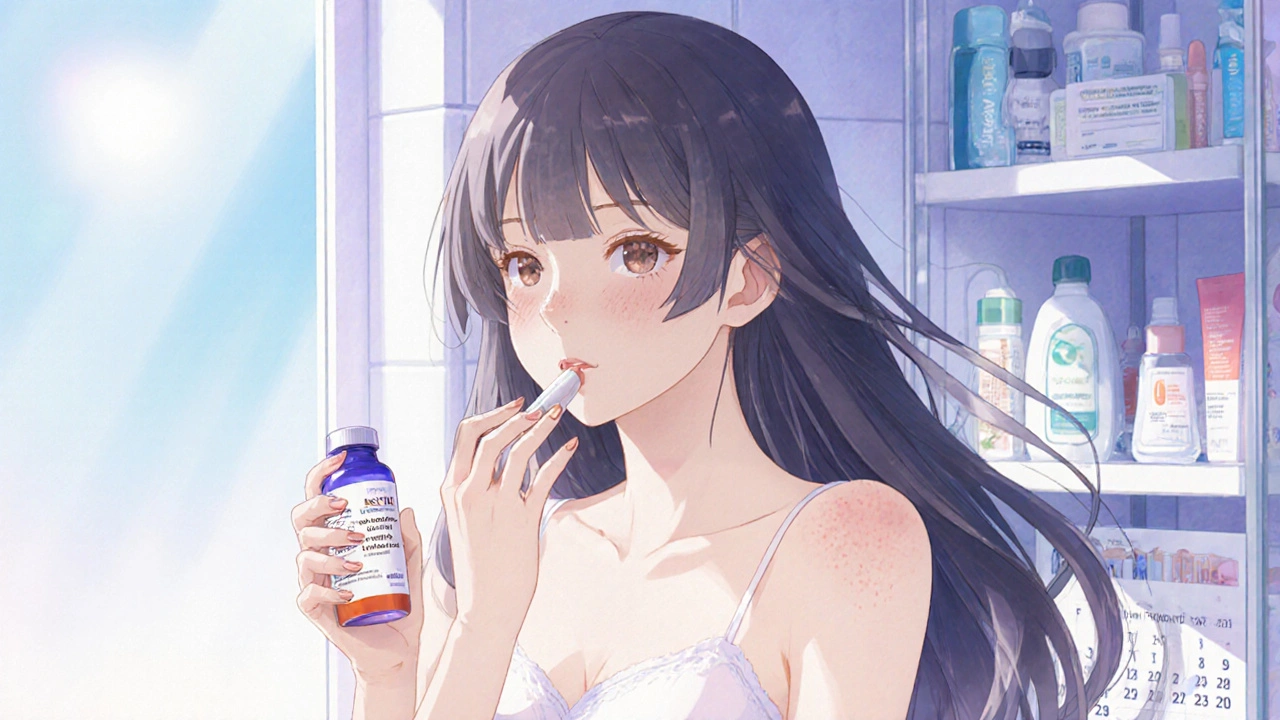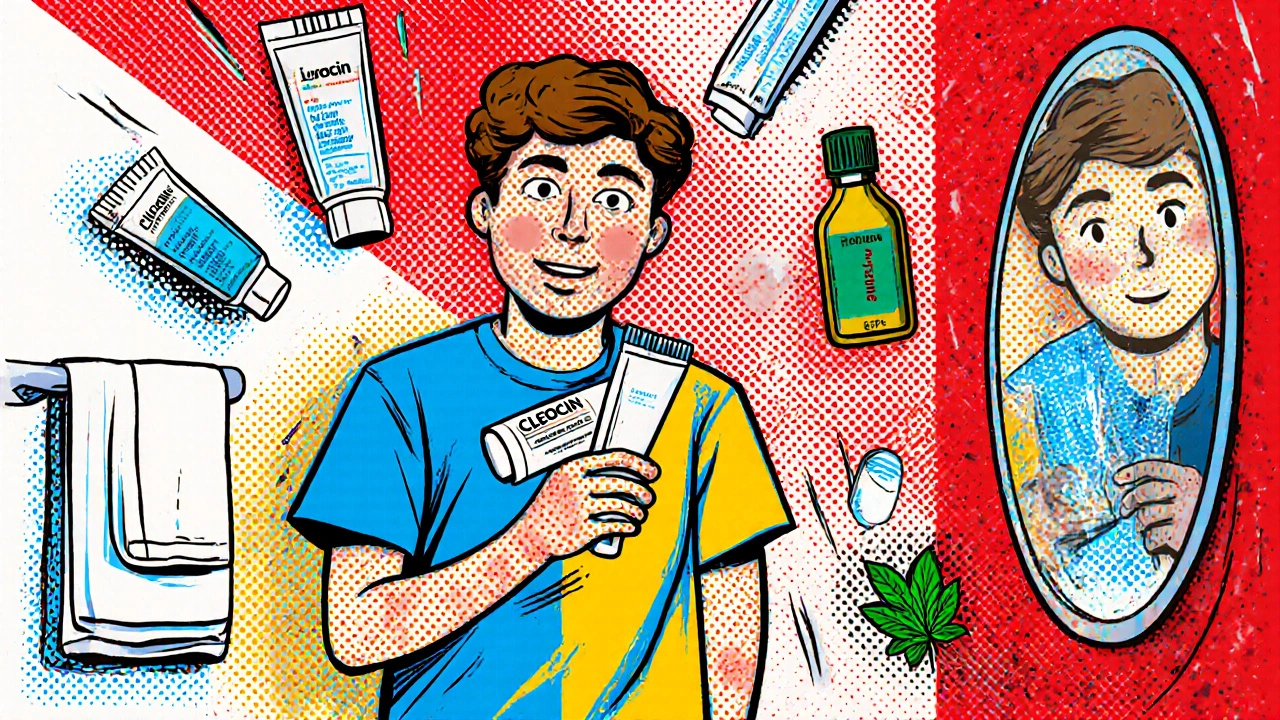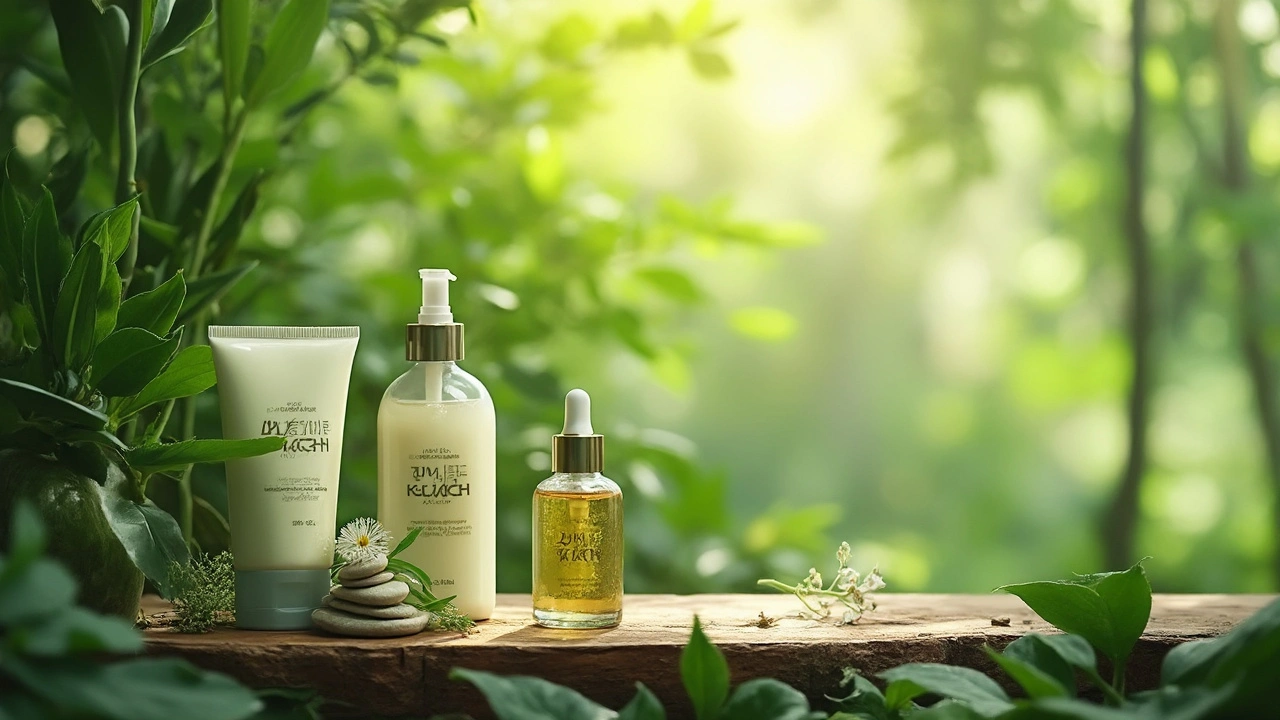Acne Treatment Tips That Actually Work
Dealing with breakouts can feel endless, but the right mix of products and habits can cut the flare‑ups quickly. First, keep it simple: cleanse twice a day with a gentle, sulfate‑free wash. Harsh scrubs strip oil and trigger more pimples, so skip them. After washing, pat your skin dry—no rubbing.
Top Over‑the‑Counter Weapons
Benzoyl peroxide is the go‑to for most people. Start with a 2.5% gel to test tolerance, then work up to 5% if needed. It kills acne bacteria and reduces inflammation within days. Salicylic acid works differently; it exfoliates inside the pore, preventing clogs. Look for a 0.5%–2% serum or spot treatment and apply after cleansing. If you can handle it, try a low‑strength retinoid cream at night—adapalene 0.1% is now available without a prescription and helps keep pores clear.
When Prescription Is Worth It
If over‑the‑counter stuff isn’t enough, a short course of oral antibiotics (like doxycycline) can calm stubborn inflammatory acne. Dermatologists also prescribe topical antibiotics paired with benzoyl peroxide to avoid resistance. Hormonal acne—usually around the chin and jawline—often responds to birth‑control pills or an anti‑androgen called spironolactone. Always discuss these options with a doctor to weigh benefits and side effects.
Beyond meds, lifestyle tweaks matter. Cutting down on high‑glycemic foods (white bread, sugary drinks) can lower insulin spikes that boost oil production. Aim for a balanced diet with plenty of vegetables, lean protein, and omega‑3 rich foods like salmon. Staying hydrated helps skin turnover, and getting 7–8 hours of sleep each night reduces stress‑related hormones that can worsen breakouts.
Finally, protect your skin. Use an oil‑free sunscreen daily—UV rays make acne marks darker and slow healing. Avoid picking or squeezing lesions; it spreads bacteria and can scar. If you’re prone to oily skin, carry blotting papers to dab excess shine without disturbing your routine. Stick to a consistent schedule, give products 6–8 weeks to show results, and you’ll notice fewer red spots and smoother skin over time.



